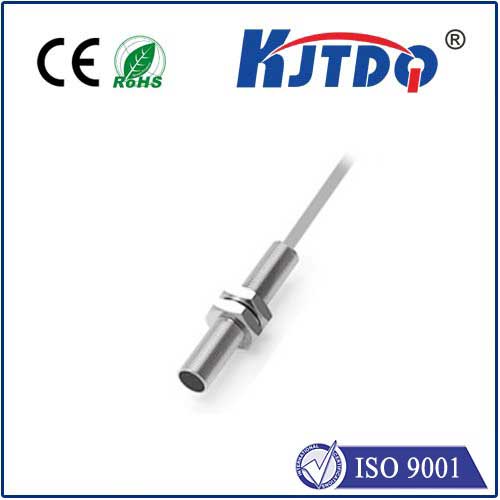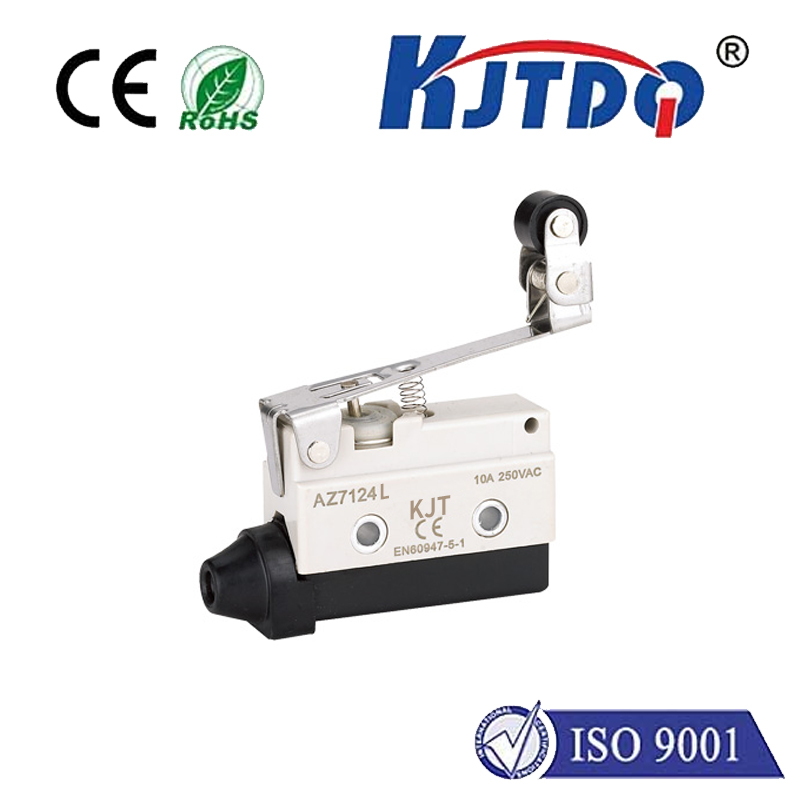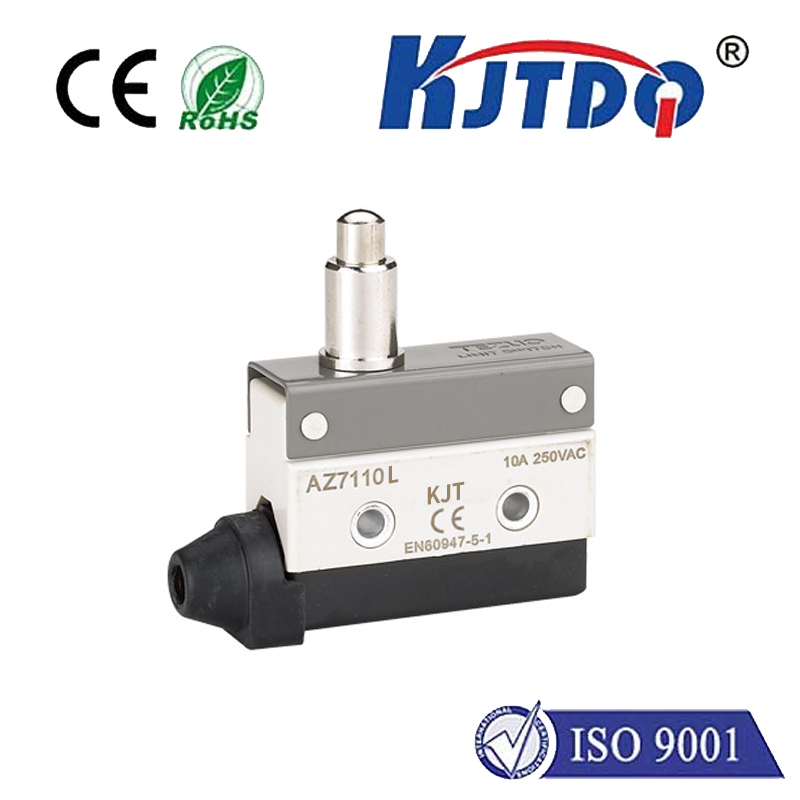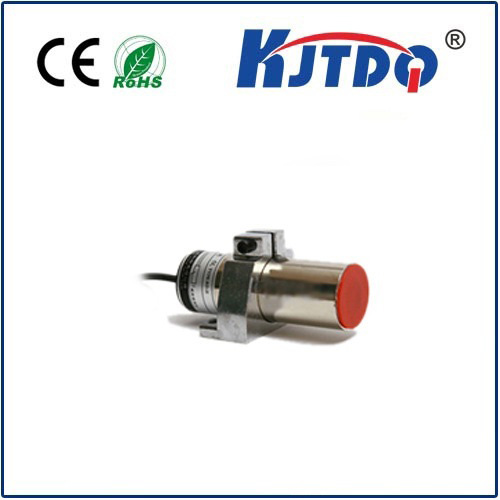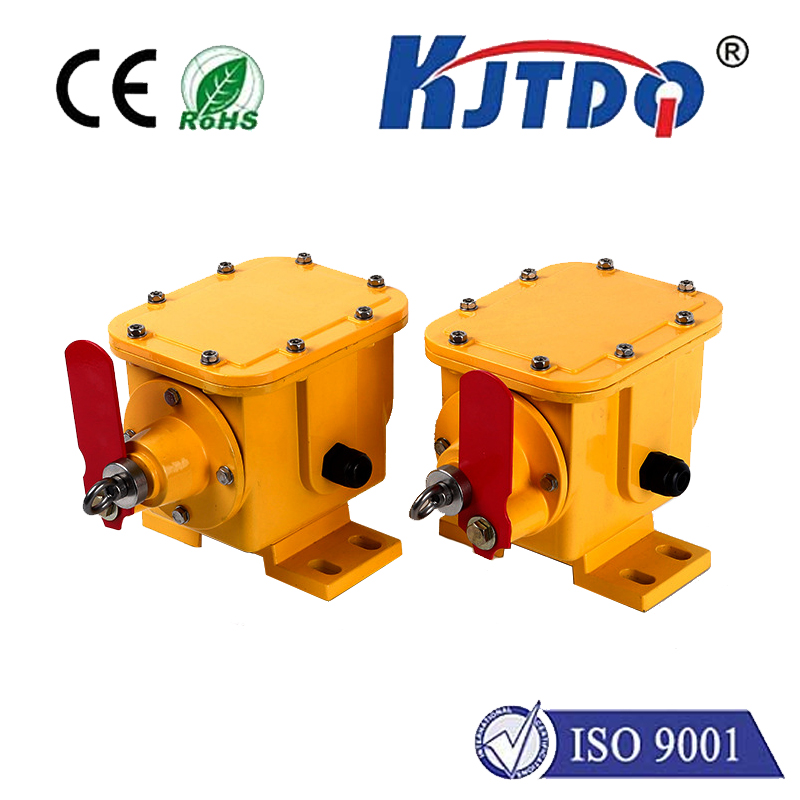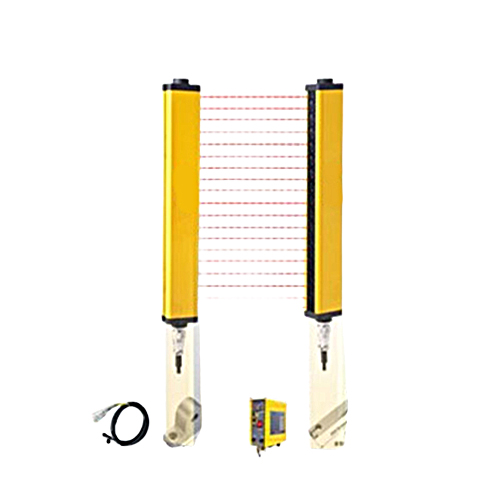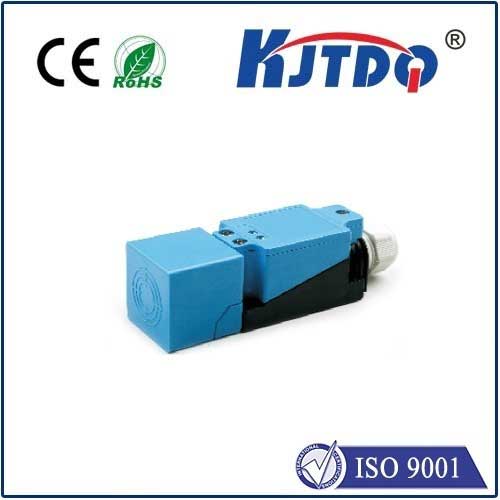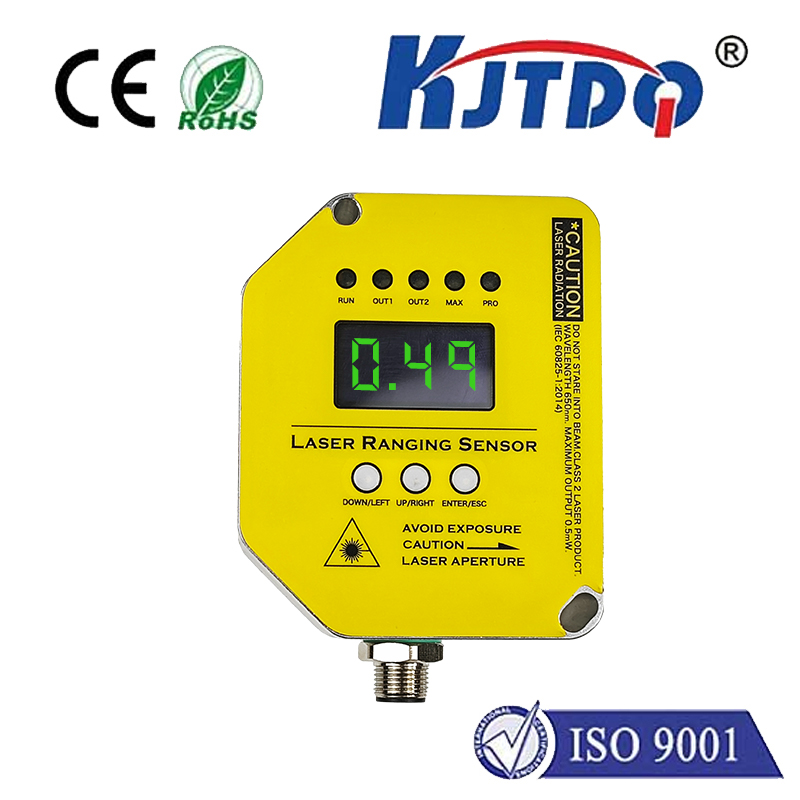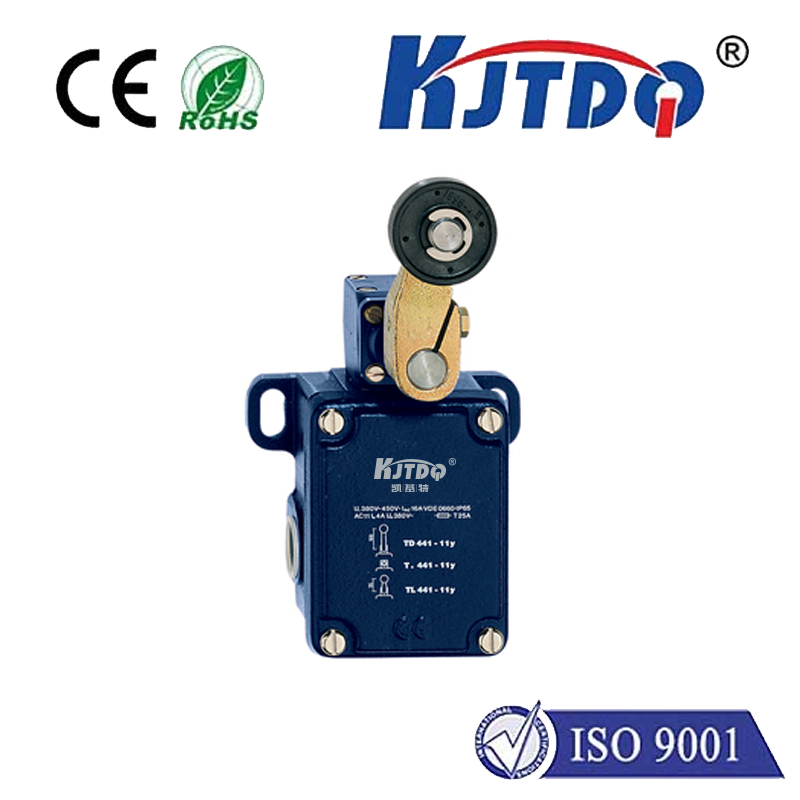

check

check

check

check

check

check

check

check

check

check
As one of the most essential sensors, proximity sensors have found numerous applications across different industries. In the context of the 220 volt power sector, proximity sensors play a crucial role in enhancing safety, improving efficiency, and reducing maintenance costs. This article aims to provide an in-depth overview of how proximity sensors work, their applications in the power sector, and the benefits they offer.
Part 1: How Proximity Sensors Work
Proximity sensors are electronic devices that detect the presence or absence of objects or people by measuring the distance between them and an object carrying an infrared beam. When an object comes into contact with the sensor's infrared beam, it triggers a change in the sensor's electrical signal, which is then processed by the microcontroller or embedded system. The sensor's output can be either an active indication (e.g., light or sound) or an inactive indication (e.g., a change in resistance).
There are two types of proximity sensors: passive and active. Passive proximity sensors do not emit any signals, while active proximity sensors emit signals that can be detected by other devices. Passive proximity sensors are typically smaller, more cost-effective, and less sensitive than active proximity sensors but require external power sources to operate. Active proximity sensors are typically larger and more expensive but offer higher sensitivity and reliability.
Part 2: Applications of Proximity Sensors in the 220 Volt Power Sector
In the power sector, proximity sensors are used for various purposes, including:
1. Switching Control: Proximity sensors can be used to control electrical switches in power distribution systems. By detecting the presence or absence of people or objects around a switch, the system can automatically turn the power on or off accordingly, improving safety and efficiency.
2. Load Monitoring: Proximity sensors can be used to monitor the load on power distribution systems. By detecting changes in the distance between the sensors and connected devices, such as appliances or machinery, the system can calculate the load and adjust the power supply accordingly to avoid over-loading or under-loading.
3. Equipment Protection: Proximity sensors can be used to protect equipment from damage caused by excessive pressure, moisture, or heat. By detecting when an operator approaches too close to equipment, the system can trigger an alarm or shut down the equipment automatically to prevent accidents.
4. Asset Management: Proximity sensors can be used to track the location and status of assets within a facility, such as transformers, generators, or transmission lines. This information can be used to optimize maintenance schedules, reduce downtime, and improve overall asset performance.
Part 3: Benefits of Using Proximity Sensors in the 220 Volt Power Sector
The use of proximity sensors offers several benefits in the 220 volt power sector, including:
1. Improved Safety: Proximity sensors help to enhance safety by preventing accidents caused by human error or equipment malfunctions. They also provide immediate notifications in case of emergencies, allowing operators to take prompt action to mitigate potential hazards.
2. Increased Efficiency: By optimizing power supply based on real-time loads and device status, proximity sensors can help improve overall energy efficiency and reduce waste. This can lead to cost savings for both utilities and consumers.
3. Reduced Maintenance Costs: Proximity sensors can help detect early signs of equipment failure or wear and tear, enabling preventive maintenance before major breakdowns occur. This can significantly reduce downtime and maintenance costs over time.
4. Better Real-Time Monitoring: Proximity sensors provide accurate and real-time data on power distribution systems, helping utilities to monitor performance and identify potential problems quickly. This enables faster response times and more effective problem resolution.
Conclusion: Proximity sensors have revolutionized various industries by offering reliable
